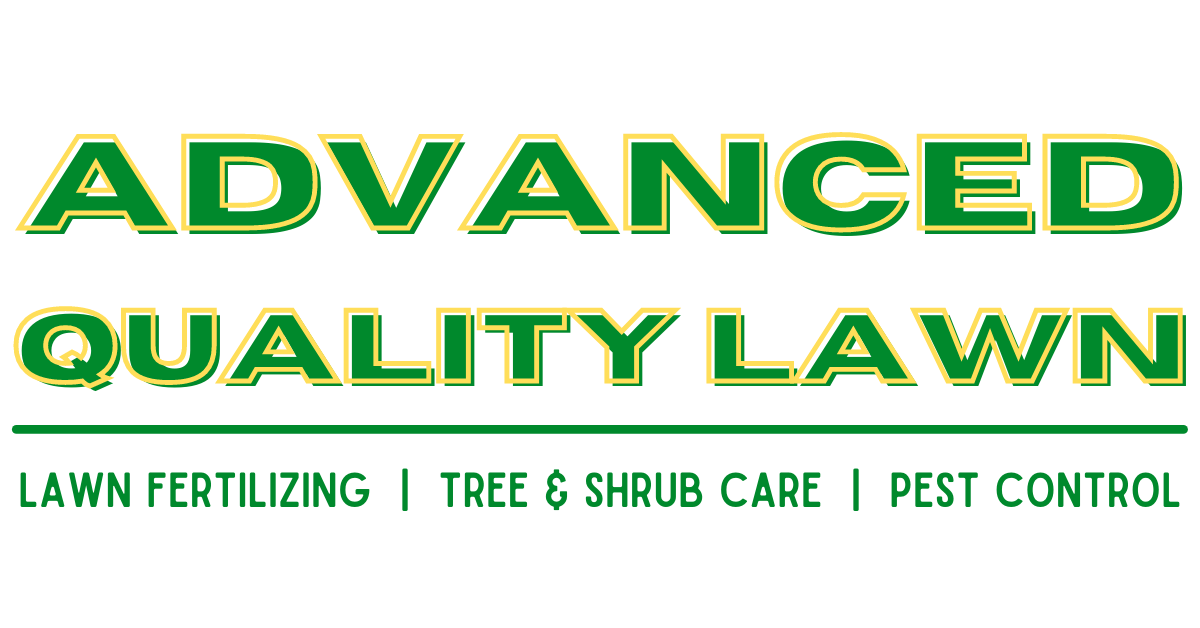Thatch
What is Thatch?
Thatch is a compressed, light brown layer of organic matter that looks like peat moss and is located between the soil link and grass blades. If this layer becomes thicker, it will eventually stop air and water flow to the soil.
When thatch is excessive, it is a prime environment for disease and insects to manifest. Air, water, and nutrients are bound up in the thatch layer creating a shallow environment for root growth.
Core Aeration
A healthy root system is a must for an attractive lawn!
Oxygen in the soil is vital to healthy roots. Root growth is inhibited by clay and compacted soil because of a restricted oxygen supply. Aerating improves rooting and problem soils by allowing air into the soil. An aerator does this job mechanically without destroying the turf.
Aeration Summary:
Aeration is an important part of a lawn care program. For the best results is should be incorporated with a total lawn maintenance program. There are no physical signs to indicate that a lawn needs aerating. Investing in a complete lawn care program can make the difference in having to replant a lawn or not.
Did you know?
Healthier roots are necessary for healthy lawn. Roots make up to 90% of the grass plant. Roots take in Carbon Dioxide and give off Oxygen. Restricted air movement into the soil reduces the health and vigor of the turf. Clay soils should be aerated twice a year. Once a year if there is less traffic and three if thatch is prominent.
Benefits of Aerating:
Loosens compacted soil
Breaks up and perforates thatch
Improves water infiltration
Increases carbon dioxide supply to the root system
Releases oxygen from the soil
Encourages new growth and a deeper root system
Promotes a thicker and healthier lawn
